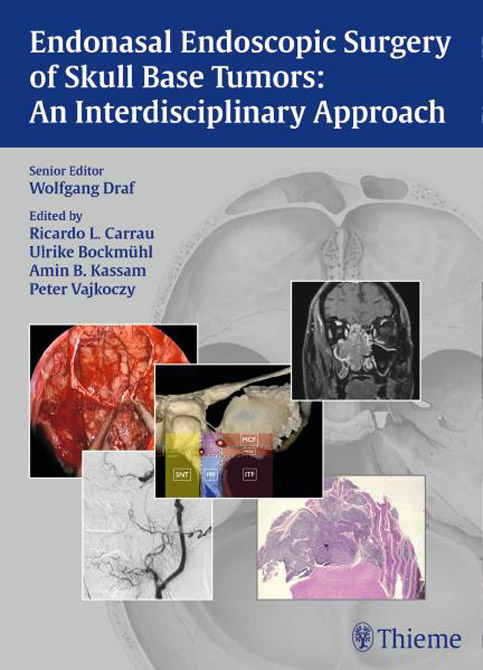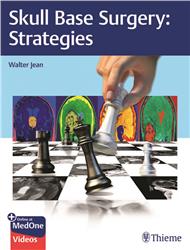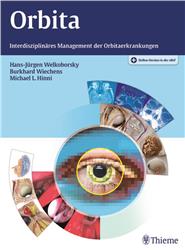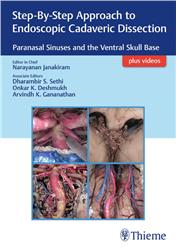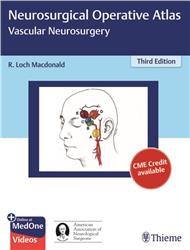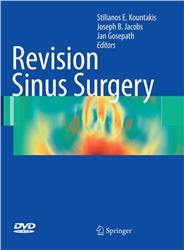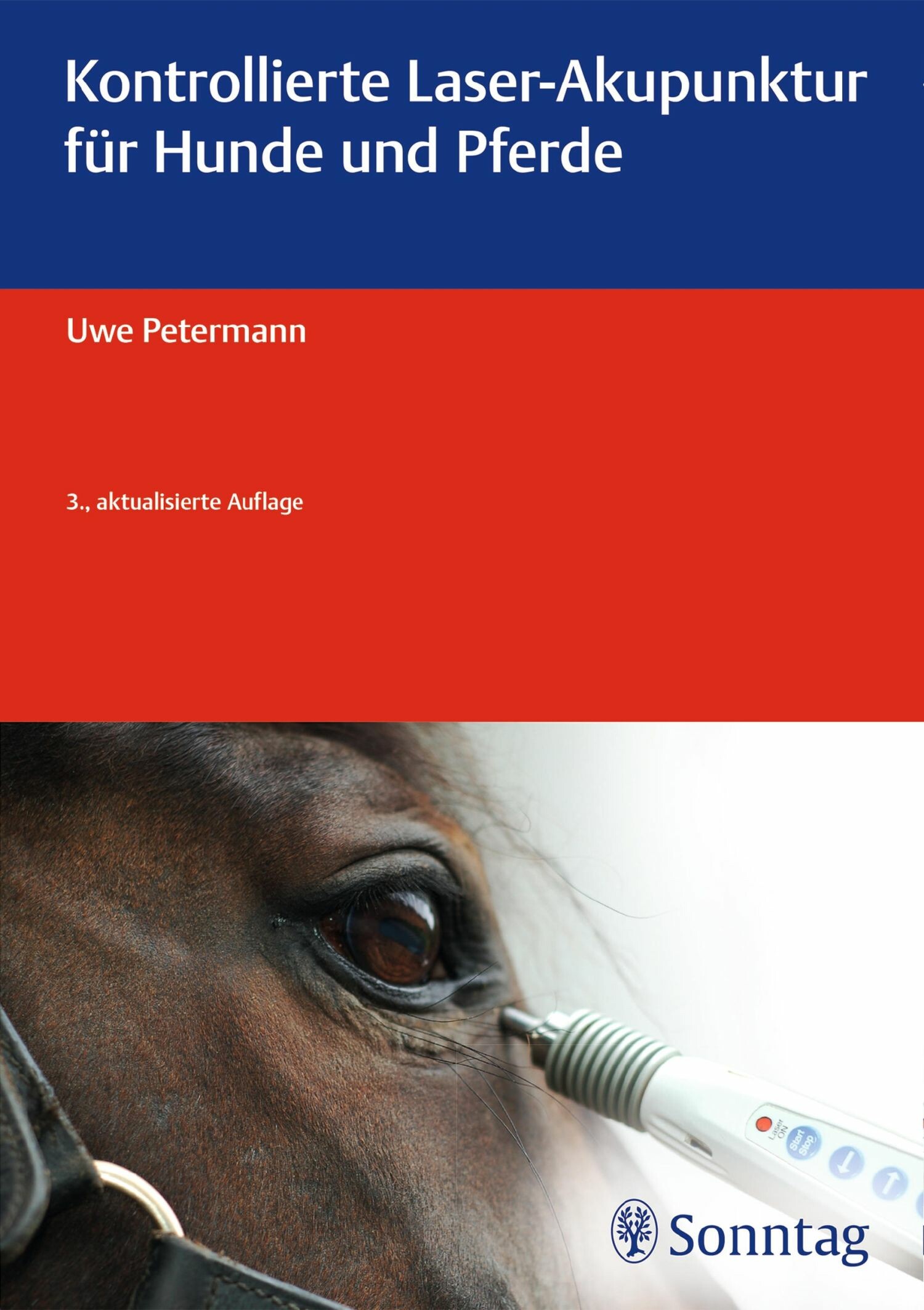Endonasal Endoscopic Surgery of Skull Base Tumors
An Interdisciplinary Approach
| Auflage | 2015 |
| Seiten | 339 pp., 498 illus. |
| Verlag | Thieme |
| ISBN | 9783131546715 |
| Artikel-Nr. | 595294 |
Lieferzeit ca. 5 Werktage
Produktbeschreibung
Endoscopic surgery will be the technique of choice in the future. Even now, there is hardly a surgical field without surgeons being trained in endoscopic surgery. The goal of modern skull base surgery is to achieve the best possible resection of a space-occupying lesion using approaches that do not leave visible scars or other surgical stigmata. Since more than 15 years, the endonasal approach of using modern endoscopes has gained increasing importance because it leads to better oncologic, functional, and aesthetic results when compared with the more aggressive and often mutilating surgical techniques. Interdisciplinary cooperation between otolaryngologists, head and neck surgeons, neurosurgeons, and neuroradiologists has thereby proved to provide the best possible results. This book originated from the necessities in the daily clinical work. It deals with very new concepts in skull base surgery. For example, sometimes radical resection of a malignant tumor is possible only if the internal carotid artery (ICA) is sacrificed. This is not tolerated by a certain number of patients. This intolerance can be tested by the neuroradiologist before tumor resection. Once the ICA is resected, there are several ways to maintain sufficient blood flow to the brain before and after tumor resection either by the neuroradiologist or by the vascular neurosurgeon. This way the results of endoscopic tumor resection can be remarkably improved. This project brings together an international group of world leading authorities in endonasal endoscopic skull base tumor surgery of the anterior, middle, and posterior fossa and interventional neuro-head and neck radiologists, setting a new standard of interdisciplinary skull base tumor surgery.
Fachzeitschriften

Bleiben Sie informiert!
Melden Sie sich für den frohberg.de-Newsletter an und nutzen Sie jetzt Ihre Vorteil:- Willkommens-Dankeschön: Beatmungsmaske Rescue Me
- Aktuelle Neuerscheinungen und Empfehlungen
- Exklusive Angebote und Kongress-Highlights
